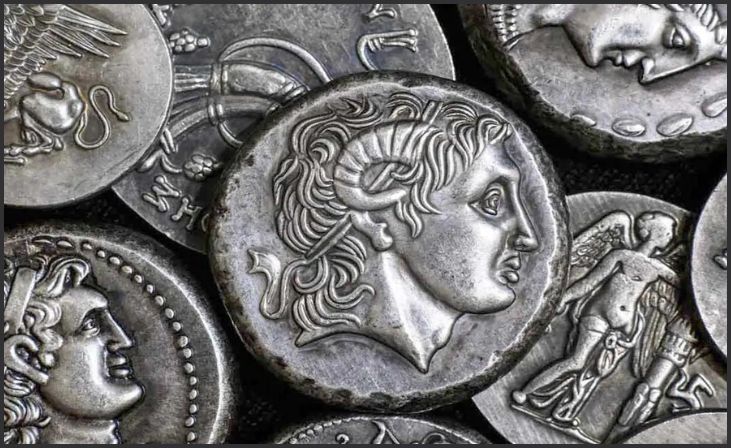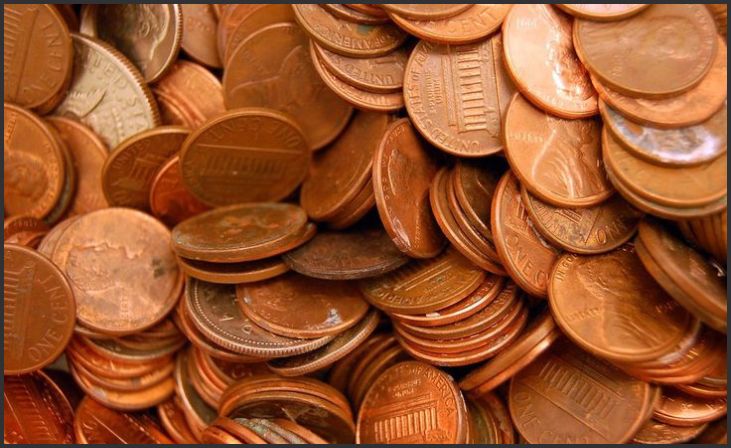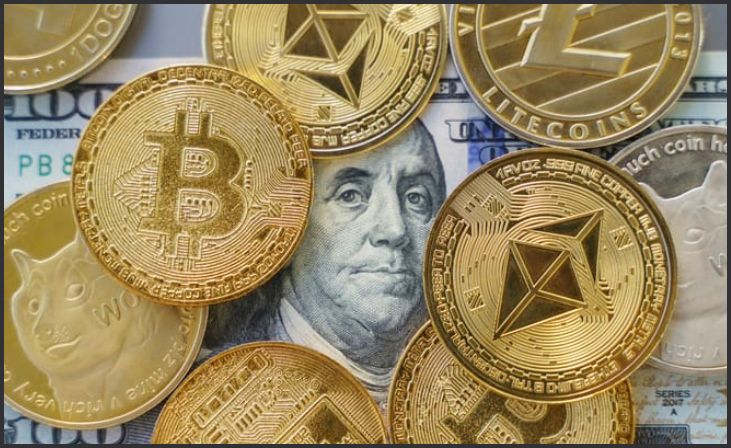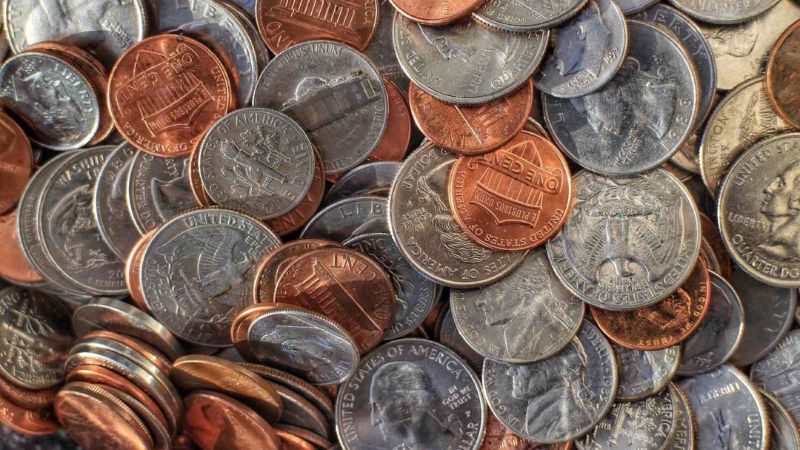Coins have been an integral part of human history, serving as both a medium of exchange and a reflection of cultural and economic values. However, beyond their monetary significance, coins harbor a treasure trove of fascinating facts that can intrigue even the most casual observer. From ancient relics to modern marvels, the world of numismatics is filled with wonders waiting to be explored. In this blog post, we’ll delve into eight fun facts about coins that will amaze you, shedding light on their rich history, intricate designs, and unexpected quirks.
1. The Oldest Coin
The journey of coins traces back to ancient times, with the earliest known coin believed to have been minted around 600 BCE in Lydia, a region of present-day Turkey. Made of electrum, a natural alloy of gold and silver, these coins featured simple designs, often depicting animals or symbols representing their respective rulers. These ancient coins not only facilitated trade but also laid the foundation for the development of monetary systems worldwide.
2. The Coin’s Role in Spreading Empires

Coins played a crucial role in the expansion of empires throughout history. By stamping their image and authority onto coins, rulers could extend their influence far beyond their borders. One notable example is the denarius, a silver coin minted in ancient Rome. Featuring the portraits of emperors and symbols of power, these coins circulated throughout the vast Roman Empire, solidifying its unity and dominance over conquered territories.
3. Hidden Messages in Coin Designs
Coin designs often contain hidden messages and symbols, offering insights into the beliefs and values of the issuing authority. For instance, the United States quarter features images of each state on its reverse side, symbolizing the diversity and unity of the nation. Similarly, many ancient coins bore images of gods and goddesses, reflecting the religious beliefs of the time. Deciphering these hidden messages adds an extra layer of intrigue to the study of numismatics.
4. The Intricacies of Coin Minting
The process of minting coins involves a complex series of steps, from designing the dies to striking the blanks with precision. Modern minting techniques utilize advanced machinery and technology to produce coins with remarkable detail and consistency. However, in ancient times, minting was often a labor-intensive process, requiring skilled artisans to handcraft each coin individually. Despite the technological advancements, the artistry and craftsmanship of coin minting remain awe-inspiring.
5. The Curious Case of Error Coins

Error coins, also known as mint mistakes or misstrikes, are rare variations that deviate from the standard production process. These anomalies can range from minor imperfections to major errors, such as double strikes or off-center designs. While most error coins are caught during quality control, a few manage to slip into circulation, becoming prized possessions for collectors. The unpredictability of error coins adds an element of excitement to the hobby of coin collecting.
6. Coins as Cultural Artifacts
Coins serve as tangible artifacts of culture and history, preserving the legacy of past civilizations for future generations. Through the images and inscriptions engraved on coins, we gain insights into the political, social, and economic dynamics of ancient societies. From the majestic portraits of rulers to the symbols of prosperity and power, each coin tells a unique story that transcends time and space.
7. The Fascination with Rare Coins
Collectors around the world are drawn to the allure of rare coins, seeking out elusive treasures to add to their collections. Whether it’s a limited mintage, a unique design, or a historical significance, rare coins captivate the imagination and command premium prices in the numismatic market. From ancient Greek drachmas to modern American eagles, the quest for rare coins continues to fuel the passion of collectors worldwide.
8. The Future of Coins in a Digital Age

In an increasingly digital world, the future of physical coins may seem uncertain. However, the enduring appeal of coins as tangible symbols of value and history ensures their continued relevance in society. While digital payment methods offer convenience and efficiency, coins remain ingrained in our cultural consciousness, serving as keepsakes, symbols of national identity, and even works of art. As we embrace the advancements of the digital age, let us not forget the timeless charm and significance of coins in shaping our past, present, and future.
Conclusion
Coins are not merely pieces of metal but windows into the past, repositories of art and history, and symbols of human ingenuity and creativity. From their humble beginnings in ancient civilizations to their enduring presence in the modern world, coins continue to fascinate and inspire us with their stories and secrets. Whether you’re a seasoned collector or a curious enthusiast, exploring the world of numismatics opens up a world of discovery and wonder. So, the next time you hold a coin in your hand, take a moment to appreciate the rich tapestry of history and culture that it represents.

